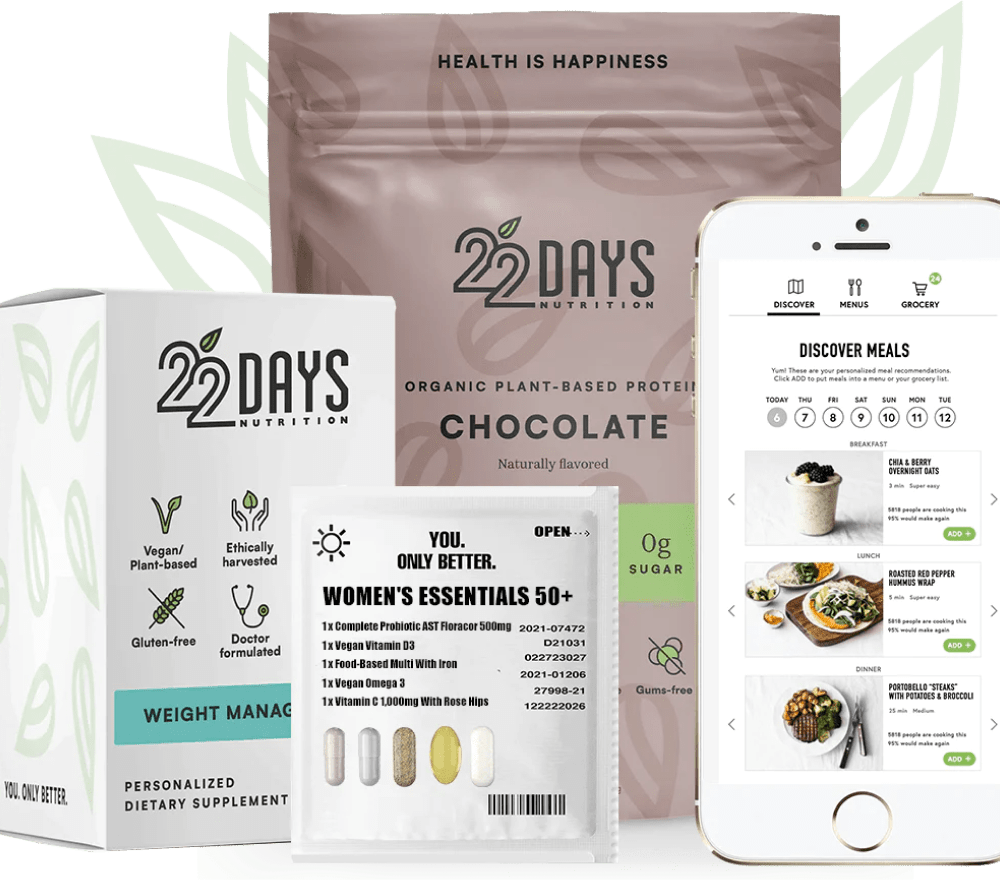Could a Gluten-Free Diet Make You Feel Better?
Most of us have grown up eating toast or a bowl of cereal for breakfast, but could these foods be damaging our health? There are some good reasons, backed by scientific evidence, to consider cutting gluten from your diet to improve your health.
Celiac?
Approximately 1% of Americans have Celiac disease, an autoimmune disorder that can damage the lining of your digestive system, which can prevent nutrients from being absorbed. Celiac disease is hard to diagnose, but symptoms can include skin rash, bone pain, anemia, and diarrhea. However, only a small fraction of cases show symptoms, and many go undiagnosed. If there’s any chance you might have celiac disease, cutting out gluten can help save your digestive system from damage.
Sensitivity/Allergy
Gluten insensitivities and allergies can also cause digestive issues by creating inflammation in the gut, damage the lining of the intestinal wall, and make the wall of your digestive system more permeable – so you end up with components passing into your bloodstream that shouldn’t be there. These and other effects of gluten sensitivity can lead to other issues, such as fatigue, skin issues, irritable bowel syndrome, bloating, etc. An estimated 6-8% of people may have a sensitivity to gluten.
22 Days Challenge
The simplest way to test if you have an issue with gluten is to cut it out of your diet long enough for your body to recover from any damage it might be causing to your body, so you can feel how your body responds.
Start by cutting out any food that contains grains with gluten (wheat, spelt, kamut, farro and durum, bulgar and semolina, barley, rye, triticale and some types of oats). These foods might include:
- Breads
- Pasta
- Cereals (hot and cold)
- Baked goods
- Crackers, cookies
- Processed foods
- Soy sauce and dressings
- Non-dairy creamers
- Some types of alcohol
In the beginning, you might have to read ingredients lists carefully to ensure that you don’t inadvertently ingest products with gluten, so you can ensure that your body has a chance to heal from any harm. If you are unsure if a packaged or processed food contains gluten, it’s best to just avoid it.
Caveats to 22 Days Gluten Free
Before you jump on the gluten-free train, consider that replacing your favorite gluten-containing foods with gluten-free alternatives might lead to a nutritional deficit in your diet. You’ll find many gluten-free products in the grocery store that aren’t adding any nutrition to your diet and are in fact full of sugar and empty calories.
Ensure that your body is receiving all the nutrients it requires and then monitor how your body feels and reacts. If, after 22 days of gluten free dieting you feel more energetic, have better digestion, clearer skin, and overall feel healthier, then it might be a good idea to stick with it, or at the very least significantly cutting back on the gluten your consume.
Healthy Gluten-Free Alternatives
There are many whole foods options for you to enjoy while following a gluten-free diet. Here are some ideas on what to add to your diet:
- Quinoa: enjoy warm as a savory side dish, for breakfast or cold in salads.
- Gluten-free oats: be sure that the label indicates that they are gluten-free.
- Buckwheat: contrary to the name, this grain does not contain wheat. Enjoy for breakfast or as a savory side dish.
- Brown rice: this versatile grain can be enjoyed in all meals of the day and as a flour in baked goods
- Nuts and seeds: instead of reaching for a snack with gluten, try a handful of nuts and seeds.
Over time, you’ll find that you don’t even think about those foods that you used to eat – especially when you see how much better you feel.





